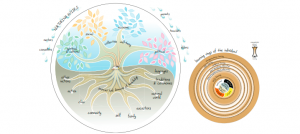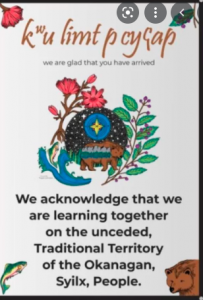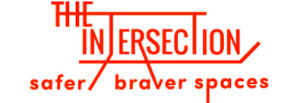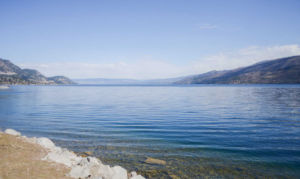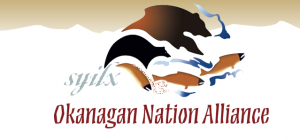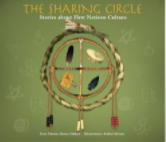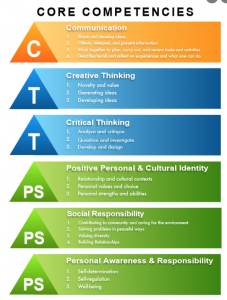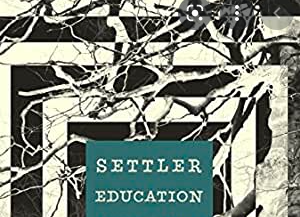
Settler Education
This article describes “Settler ethics” which includes discussing, accounting for, disrupting, analyzing, unsettling, and challenging settler identities and knowledge. The work addresses the settlers’ perspective and how settlers have not been accountable for the actions of their ancestors and things like land acknowledgements are often done to say, “See, I did something, I’m fixing it”, but they are like empty promises that only really help appease the conscience of the settler, not actually enact change for the colonized.
I think that settler ethics are an important thing to address and recognize as my partner and I look to build a unit based on creating teacher confidence using Indigenous ways of knowing and doing. We need to make it very clear that we are not the owners of these practices and give credit and recognition to Indigenous Peoples.

